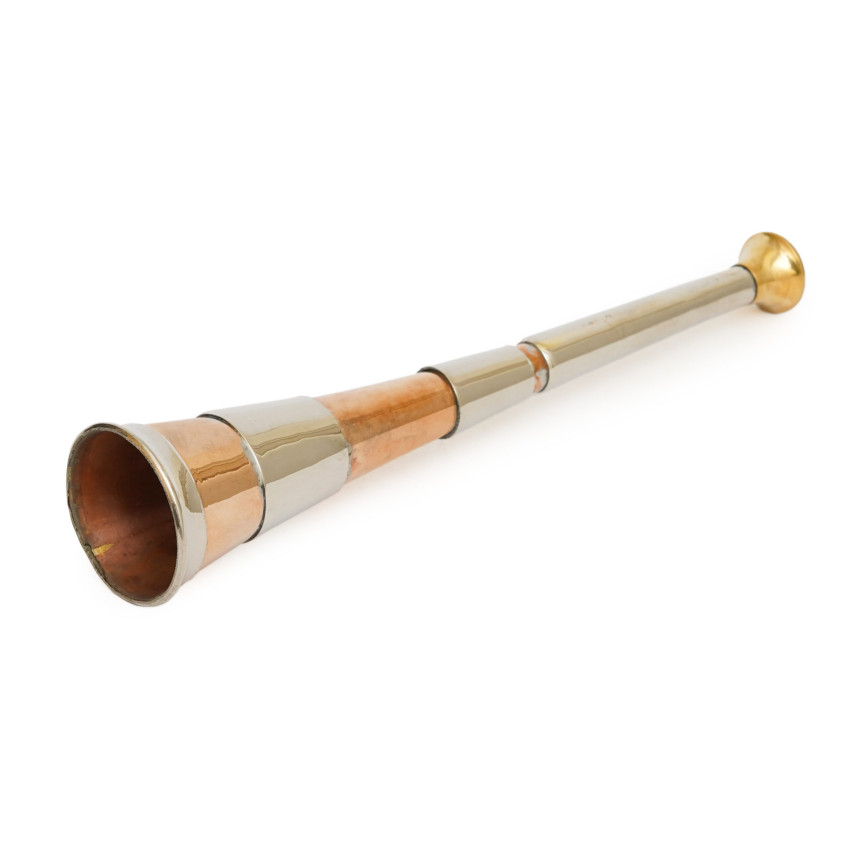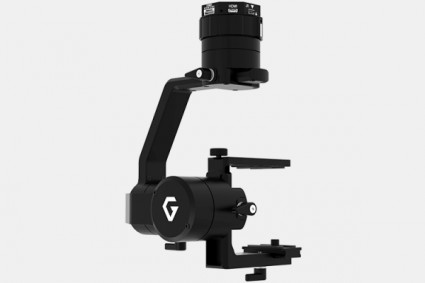
Tradition and Significance of the Fox Hunting Horn
Fox hunting, steeped in tradition and heritage, is a pursuit that embodies the essence of rural culture and camaraderie. At the heart of this age-old tradition lies a key instrument: the Fox Hunting Horn. With its rich history and unique role in the hunt, the hunting horn holds a special place in the hearts of hunters and enthusiasts alike.
Historical Roots
The origins of fox hunting can be traced back to medieval Europe, where it served as a means of controlling fox populations and protecting livestock. Over time, fox hunting evolved into a beloved pastime among the British aristocracy, with elaborate rituals and customs becoming integral parts of the sport.
Central to the fox hunt is the hunting horn, a brass instrument that has been used for centuries to signal and communicate during the chase. The distinctive sound of the horn not only adds to the ambiance of the hunt but also serves practical purposes, such as coordinating the movements of the hunting party and alerting participants to the presence of the quarry.
The Role of the Horn
The fox hunting horn is typically played by a designated member of the hunting party known as the "huntsman." As the leader of the hunt, the huntsman uses the horn to convey a variety of messages to the other riders and hounds. Different calls and melodies are used to signal the start of the hunt, alert hunters to changes in terrain or direction, and communicate with the hounds.
One of the most iconic uses of the hunting horn is the "gone away" call, which signifies that the hounds have picked up the scent of a fox and the chase is on. This exhilarating moment is often accompanied by a blast from the horn, signaling to the riders to follow the hounds as they pursue their quarry across fields, through forests, and over fences.
Tradition and Ritual
Beyond its practical utility, the fox hunting horn is deeply intertwined with tradition and ritual. Each hunting club or society has its own unique set of calls and signals, passed down through generations of hunters. These calls are not only functional but also serve as a link to the past, connecting modern-day hunters with their ancestors who once rode the same fields and sounded the same horns.
The sound of the hunting horn also plays a role in the pageantry and spectacle of the hunt. Huntsmen often wear distinctive uniforms and carry ornately decorated horns, adding to the sense of occasion and grandeur. In addition to its role in the hunt itself, the hunting horn is also featured in social gatherings and ceremonies associated with the sport, such as the traditional "hunt breakfast" held after a successful day in the field.
Contemporary Relevance
While fox hunting has faced criticism and controversy in recent years, particularly regarding its treatment of animals, the tradition of the hunting horn remains alive and well among enthusiasts. Many hunting clubs continue to uphold the rituals and customs of the sport, keeping the spirit of the hunt alive for future generations.
conclusion
The fox hunting horn is more than just a musical instrument – it is a symbol of tradition, heritage, and camaraderie. Its evocative sound echoes across the countryside, carrying with it centuries of history and the thrill of the chase. As long as there are riders and hounds eager to pursue the fox, the hunting horn will continue to play its vital role in the timeless tradition of fox hunting.




